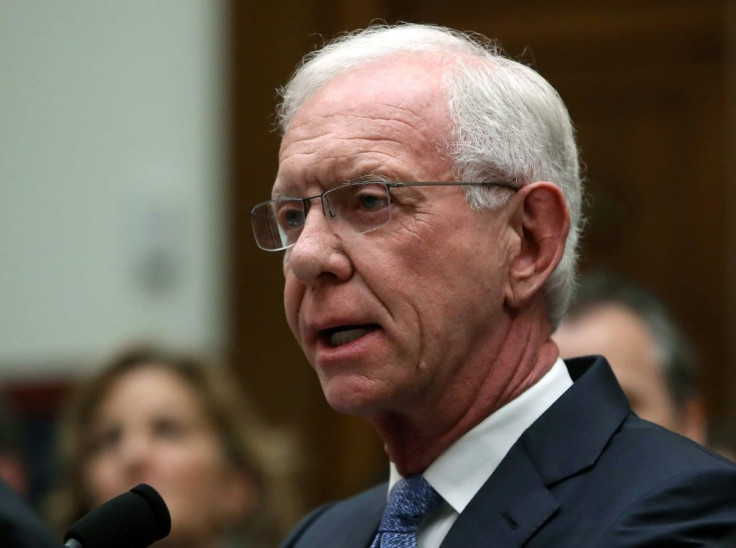Boeing 737 Max: Miracle On The Hudson Hero Capt. Sullenberger Says Plane Needs More Updates To Be Safe
KEY POINTS
- Boeing 737 Max has been grounded since March last year
- Capt. Sully suggested changes to crew alerting system, angle-of-attack inputs
- FAA conducted 737 Max's test flight Sept. 30
As Boeing awaits the ungrounding of its 737 Max planes following tests by the FAA to approve design updates made to the jet, celebrated pilot Capt. Chesley ‘Sully’ Sullenberger said in an interview that those changes may not be enough to ensure complete safety of the jet.
Sullenberger, the hero pilot behind the 'Miracle on the Hudson,' told the Seattle Times that additional modifications are needed for the plane’s crew alerting system and a third check must be added to the jet’s angle-of-attack data. Some reports have suggested that the FAA could unground the jet next month.
"It's really important that a third angle of attack input, or synthetic airspeed, be available on this airplane," Sullenberger told the Seattle Times. "I would hope for a rapid adoption of that technology, and the sooner the better." European Aviation Safety Agency has said Boeing agreed to develop a third angle of attack input after the plane returns to service and to retrofit it to the already manufactured ones.
Boeing’s 737 Max plane was grounded in March last year by governments across the world, following two deadly crashes that claimed 346 lives. The jet, once Boeing's best selling plane, had an order backlog of 3,408 as of Aug. 31 and 433 orders have been canceled, reports said.
FAA chief Steve Dickson flew the Max end-September to conduct an evaluation of the changes made to the jet. Dickson had repeatedly said he would not sign off on the changes until he flew the jet himself. “I liked what I saw,” he told reporters after the flight.
“People are going to fly on it, and I will probably be one of them," Sullenberger said in the interview. "The updated Max will probably be as safe as the (previous model) 737 NG when they are done with it, but it is not as good as it should be.”
Dennis Tajer, the spokesman for the Allied Pilots Association (APA), agreed with Sullenberger, saying even if the plane's flight control software, which has been identified as the major cause of the two crashes, is fixed, there are other areas where improvements can be made.
Sullenberger, aware of the financial costs of the changes he is suggesting, said they would make the 737 safer and cost should not stand in the way. He also asked that work be done on the false alerts triggered by failed sensors in the crashed planes.
Sullenberger recalls that during his June, 2009, crash-landing on the Hudson, a failed sensor set off “rapidly cascading effects through multiple systems that quickly became confusing.”
Three months after the grounding of 737 Max, Sullenberger had appeared before the U.S. House Transportation Committee and criticized both the FAA and Boeing for lack of oversight during the Max’s certification.
The Hudson River landing hero also said in the interview that "neither the MAX nor the 737 NG have a modern crew-alerting system." He added that the 737 NG is not unsafe but there still are risks that that can be and should be dealt with. “Historically, 737 NG has good safety record as compared to Airbus A320,” he said, adding that the dangers from the angle-of-attack sensors or crew alerting systems are small but must not be overlooked.

© Copyright IBTimes 2024. All rights reserved.











